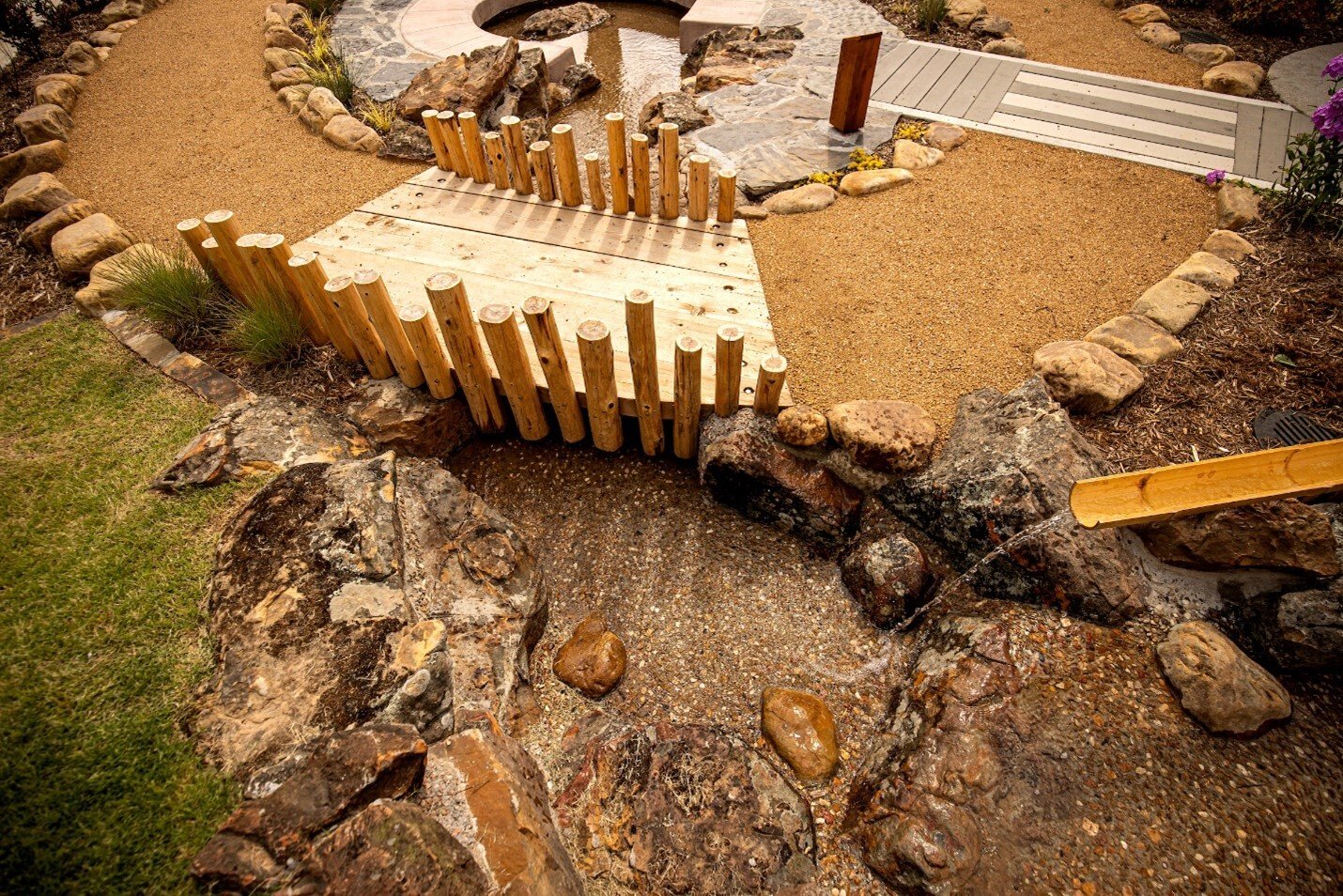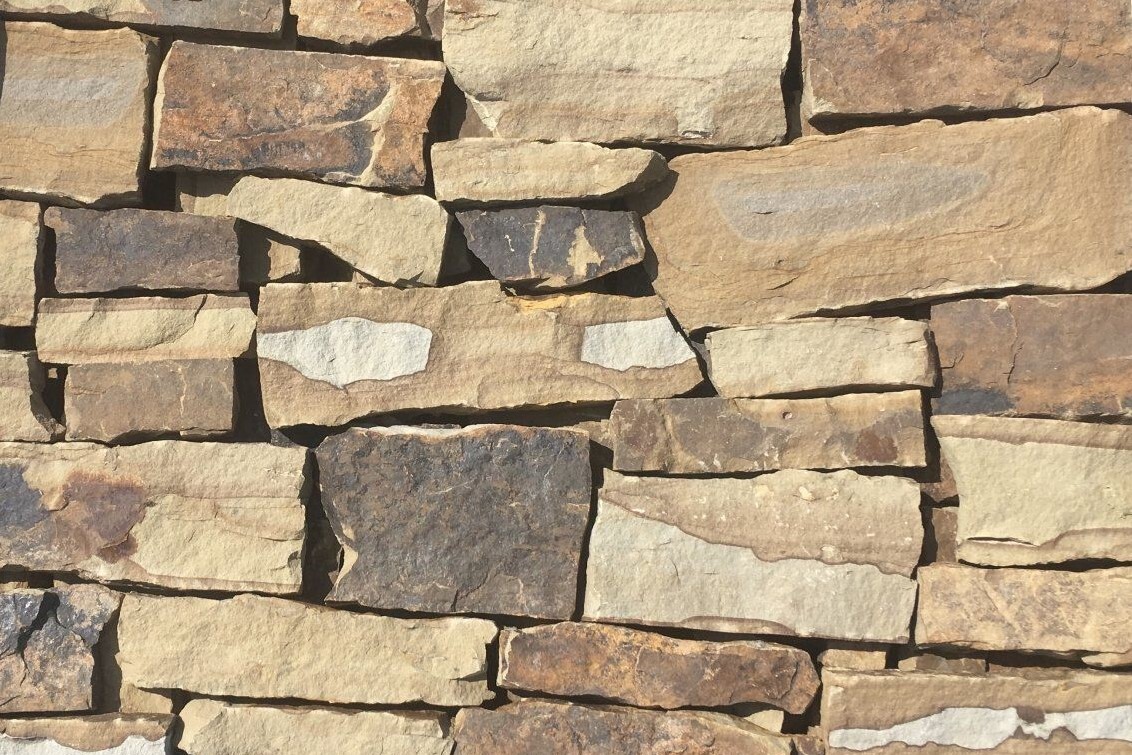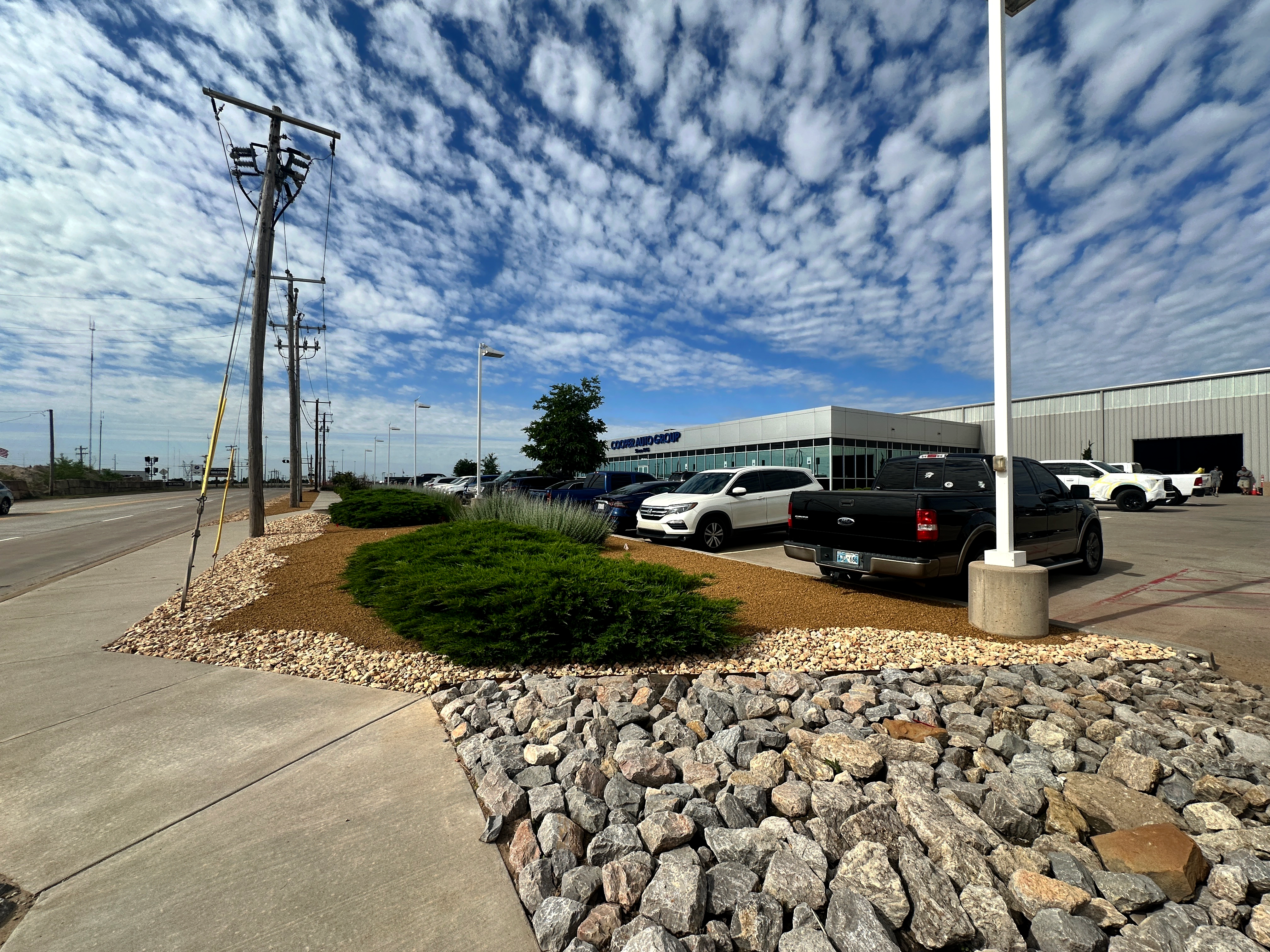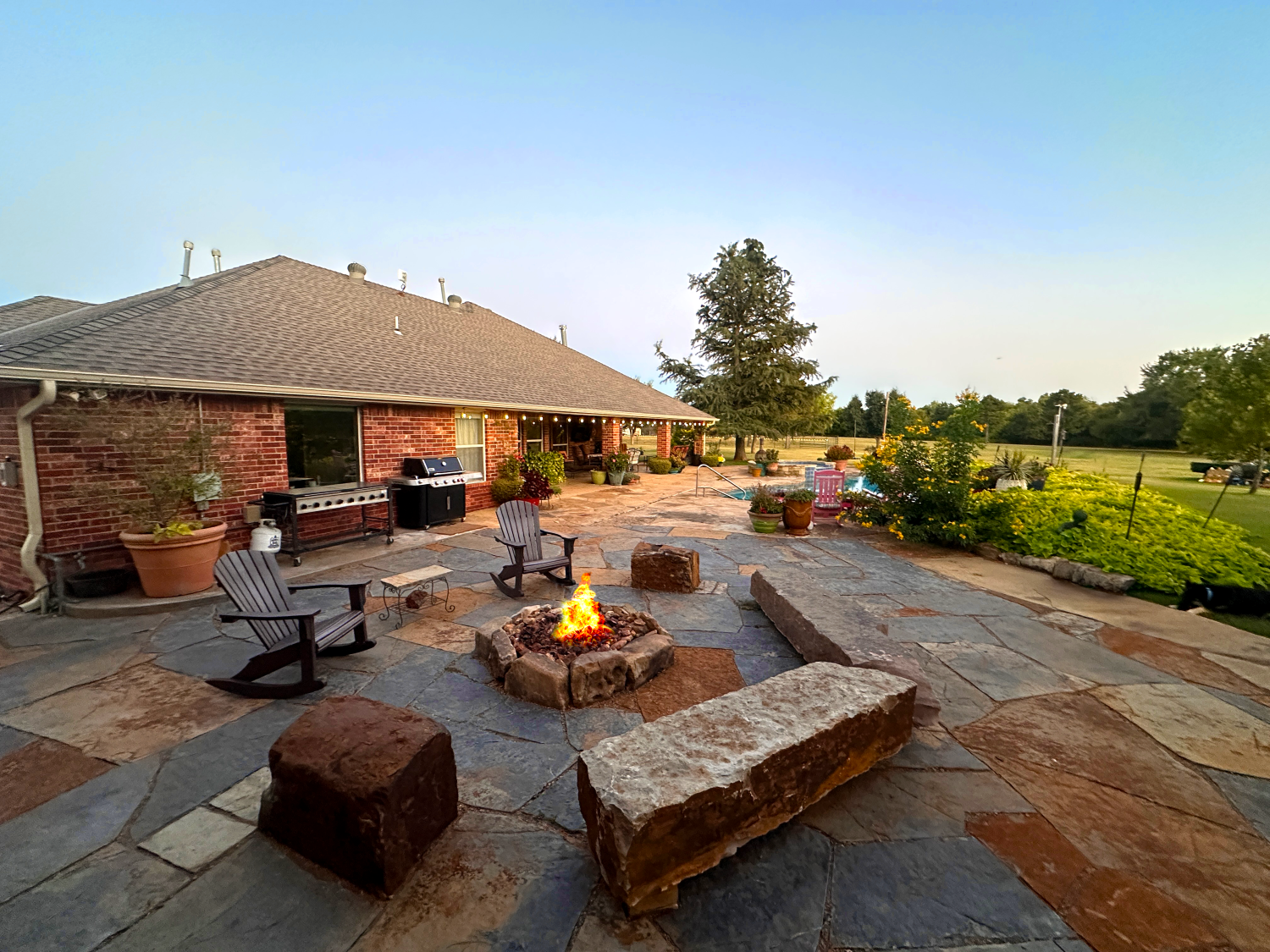What is Thin Veneer Stone?
Brick and stone veneer is the best of all worlds - it is a thin slice of stone or brick that you can use to achieve the look you dream of for a fraction of the price - and it is significantly lighter too, which makes for simpler construction considerations. Both protective and decorative, brick and stone veneer is commonly about 1” thick, which makes it ideal for covering siding, fireplaces, and chimneys, or creating an accent wall wherever you want one. While stone and brick are pricey building materials, and they take time and effort to install, thin stone and brick veneers are convenient, light, and much more economical.
How is Stone Veneer Made?
Stone veneer is made by cutting natural stone or brick into slices of a consistent thickness, which results in uniform slabs that you can attach to the wall with mortar or screws. Architectural stone veneer is actually a faux stone veneer, made with high-density polyurethane using molds and coloring that very closely resemble the real thing. They each have pros and cons, which we’ll go into later on.
Why Stone Veneers?
Sustainability
Natural stone is a very clean building material, and it is forever reusable. Stone veneer has an incredibly long lifespan - just think of the Colosseum! - which means it will not need replacements and will not end up in a landfill. Also, we source stone locally whenever possible, which makes for fewer air miles and a smaller carbon footprint.
If you are considering faux stone veneer, most manufacturers state it is made locally and that it is 100% recyclable at the end of its life, which gives it points for sustainability too.
Cost
Stone veneer is significantly cheaper than building with stones - so much, that even the ancient Romans used marble veneers to cover more humble materials. If you want the look of stone but not the price tag, stone siding will help you achieve your design dreams at a much lower price. The same goes for bricks: while installing bricks requires an expert, who charges per hour, installing brick veneer is so easy you can do it yourself!
Durable Architectural Stone Veneers
Natural Thin Stone Veneer
Want to know exactly what we have available? Enter your name and email and we’ll be happy to send you the specs for our natural thin stone veneer collection.
Let people download the specs here in exchange for their name & email (we can retarget them): https://www.minickmaterials.com/wp-content/uploads/2018/03/Natural-thin-veneer-stone-guide-specification.pdf
Anchored Stone Masonry Veneer
The specs of all our full bed depth stone products are one click away: please give us your name and email and we will be sending them to you at once.
Let people download the specs here in exchange for their name & email (we can retarget them):
Stone Veneer FAQs
We help customers daily to find the best materials for their construction or renovation, and some questions pop up much more frequently than others. These are some of the most frequently asked questions about brick and stone veneer, their installation, and the faux options available in the market.
Can stone veneer be installed over brick?
Short answer: Yes.
Long answer: it’s not that easy.
Due to the irregular nature of brick, veneers will have a hard time adhering, and the mortar may come unstuck if the surface of the brick crumbles. In the best-case scenario, meaning an unpainted, even brick in good condition, you should at least apply a good wet scratch coat to the brick. A scratch coat is an even coat of mortar that provides a firm, porous surface to adhere the veneer to with your mortar. Ideally, cover the brick with cement board, and install the veneer on top of the board, which will be even, porous, and firm enough to support the weight of the veneer.
Can stone veneer be installed on drywall?
It depends. If you are using a real stone veneer, the answer is a resounding no - drywall will not be able to handle the weight of the stone. The simplest solution is to overlay a ¼” thick cement board and screw it all the way through the drywall and into the studs. Then you will be ready to stick your veneer with reckless abandon.
If you are using an architectural stone veneer, or faux stone, weight is not an issue at all. By all means, go ahead and attach it to your drywall directly, and enjoy that backsplash or feature wall!
Is a scratch coat necessary?
This depends strictly on your base. If you’re applying the stone veneer onto clean concrete, masonry or stucco, you don’t need a scratch coat. Do make sure they are free from paint - sandblasting may be required, or paint stripper. Then proceed to clean the surface thoroughly of any dirt and oil, etch it if possible to ensure a better grip, and proceed with the mortar and the veneer.
If there is metal lathe in use, or there are bricks with an irregular surface, a scratch coat is practically mandatory. Metal lathe will be present in interior and exterior framed walls, and you may require it if you are unable to prep the surface as outlined previously.
Is faux stone as durable as natural stone?
Architectural brick and stone veneer is made from a super-dense material, which is waterproof and a great insulator. According to the manufacturers, tests show that faux brick and stone veneer perform better and last longer than their natural counterparts, which are prone to chipping, breaking, and water filtration.
About Minick Materials
At Minick Materials, we are proud of our selection of natural stone, both in full-bed and veneer options. Visit your local store to find out more about our brick and stone veneer. While prices, promotions, styles, and availability may vary, our friendly representatives will always do their best to find the ideal materials for your landscaping, garden, or home improvement project, whatever its size.






